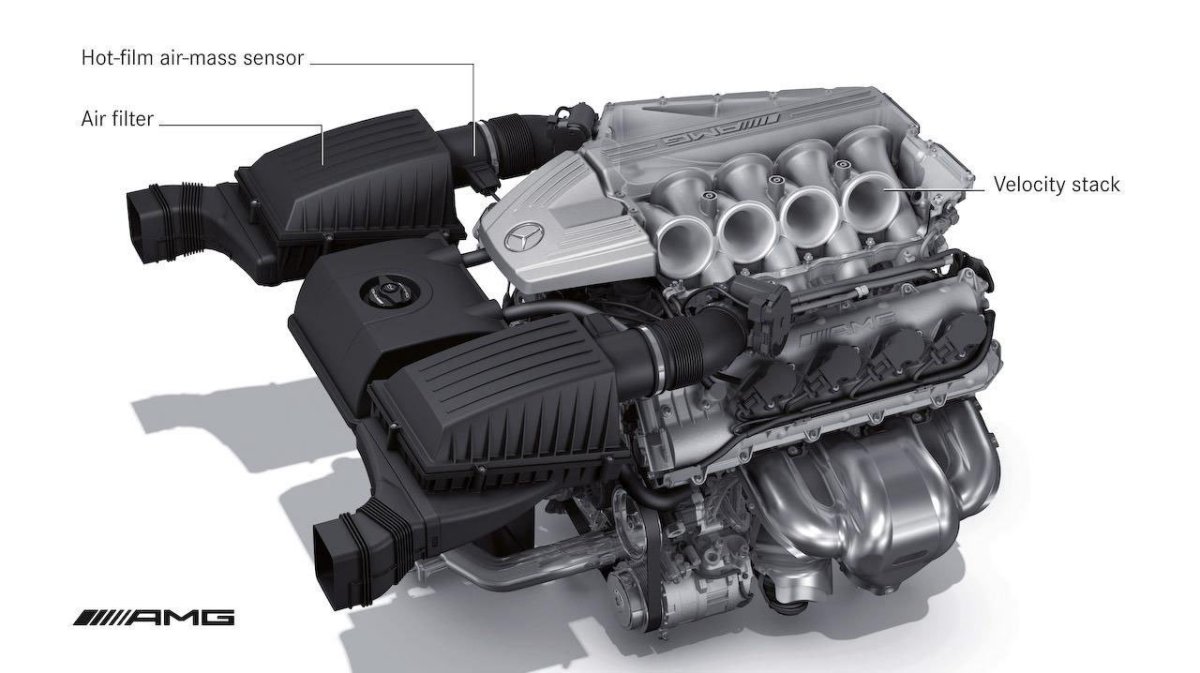Imaging sensors: CCD vs. CMOS sensors
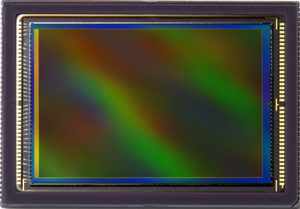
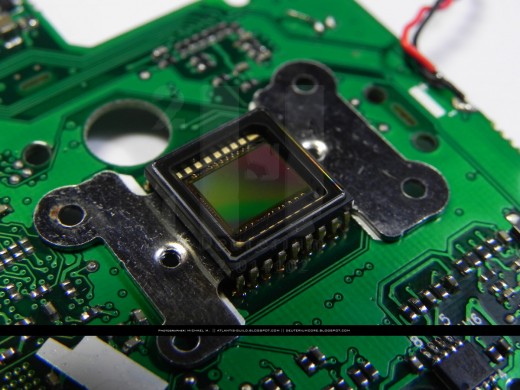
What are Imaging sensors?
Imaging sensors are devices that convert light into electronic signal. This is done by using materials that release electrons through what is called the photoelectric effect. The photoelectric effect is a process where an electron escapes from its atomic orbit when a photon strikes it. Both types of imaging sensors – the CCD and CMOS or APS imaging sensors utilize this phenomenon. The differences between the two imaging sensors are basically how the image is captured, how the sensor is built, and how the electrons or signal is read.
This article will be more centered on the difference in performance as these two sensors are used in digital photography. To learn more about how the two major types of imaging sensors work, read these two articles: “Imaging sensors: CCD sensors” and “Imaging Sensors: APS sensors”
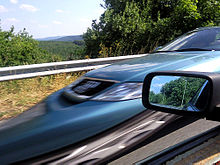
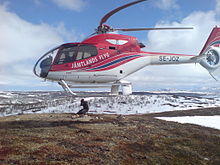
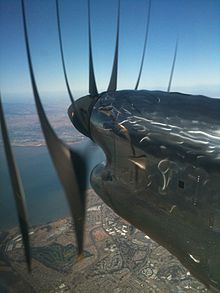
CCD vs. CMOS sensors: advantages and disadvantages
CCD and CMOS sensors are technologies playing a very important role in imaging applications. These two types of imaging sensors are very different from each other. And these differences give each sensor its advantages and disadvantages over the other.
The following are categories in which a sensor may or may not have an advantage or disadvantage:
Speed
CMOS sensors win over CCD sensors in terms of speed. CCD sensors shift electrons from photosite to the adjacent until it reaches the part of the circuit where it can be amplified then read. This process can be very slow. CMOS sensors amplify signal as it is read from each photosite. CMOS also operate very, very quickly. And for that reason we have very fast computers.
Noise
Setting all other components aside, CMOS sensors are more susceptible to noise. This is because the surface area of a CMOS sensor is not fully dedicated to photosites – unlike CCD sensors. Each photosite of a CMOS sensor has transistors beside them. When light hits the sensor, some photons hit the transistors instead of the photosites – this causes noise. Plus, because of the number of transistors used in a CMOS sensor, the possibility of transistor “mismatch” can contribute to noise.
However, latter designs of the CMOS sensor addressed this problem by placing the transistors under the photosites – it is what we know as the Back-side illuminated CMOS sensor. Improvisation of the microlens array allows more photons to be directed to the photosite instead of losing them to the transistors. Transistor mismatch is addressed by special components or programs. CCD sensors are susceptible to noise due to sensor heat. This is why newer CMOS sensors perform better than CCD sensors.
Power Consumption
CCD sensors use more power because of the way it reads each photosite. The shifting process requires a lot of power especially on larger sensors. CMOS sensors use less power because the CMOS process only requires a small amount of power.
Cost
CMOS sensors are generally cheaper because they can be easily manufactured in any silicon manufacturing line. The problem lies in larger CMOS sensors. Because of the possibility of contamination during the manufacturing process, larger CMOS sensors tend to be expensive. Just compare DSLR prices with compact digital camera prices and you’ll see the difference.
Rolling Shutter Effect
Rolling Shutter CMOS sensors are susceptible to the rolling shutter effect. The rolling shutter effect is the skewing of a fast moving subject in an image. The rolling of the shutter and the fast movement of elements in the frame create this problem. CCD sensors are not affected by the rolling shutter effect since they do not use rolling shutters.
Blooming Effect
Blooming is a problem in CCD sensors when a part of the image is over-exposed. The adjacent pixels tend to be affected by the over-exposure. This happens because each pixel, capacitor or photosite in a CCD sensor is like a bucket. An array of photosites is like an array of buckets. When one of the bucket overflows (over-exposure) the water will tend to go to the other buckets. This causes the blooming effect. CMOS sensors are immune to the blooming effect.
There are newer CCD sensor designs that use an overflow drain to reduce or eliminate the effect of blooming.
Future Improvements
The CCD or charge-coupled device is a mature technology. This means that the CCD sensor has been around for a long time and it has undergone a lot of improvements such that most of its flaws are addressed. CMOS sensors are newer. We can expect more improvements in CMOS sensor design than in CCD sensors.
Conclusion
The information presented here are about the basic performance comparisons of CCD and CMOS sensors. When choosing a camera, do not choose the camera because of the type of sensor. Many other factors are present when determining the performance of a camera. Some of these factors include sensor size, internal circuitry, programming, lens size and quality and a lot more. If you want basis for choosing the best camera for a certain budget, read reviews.

